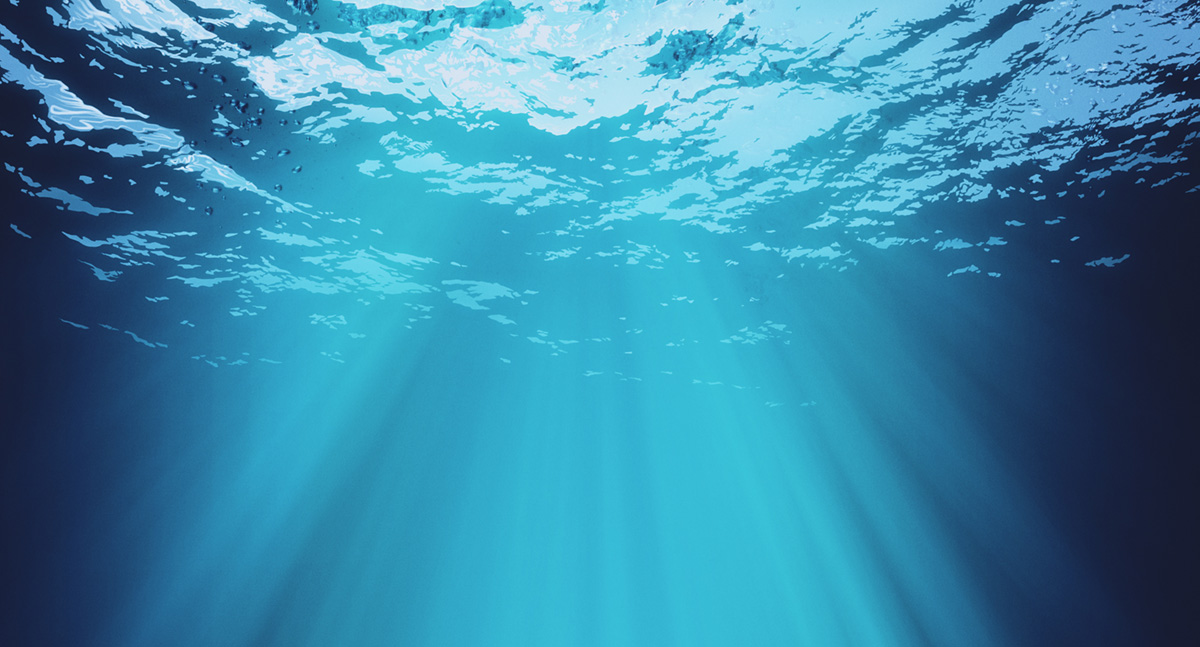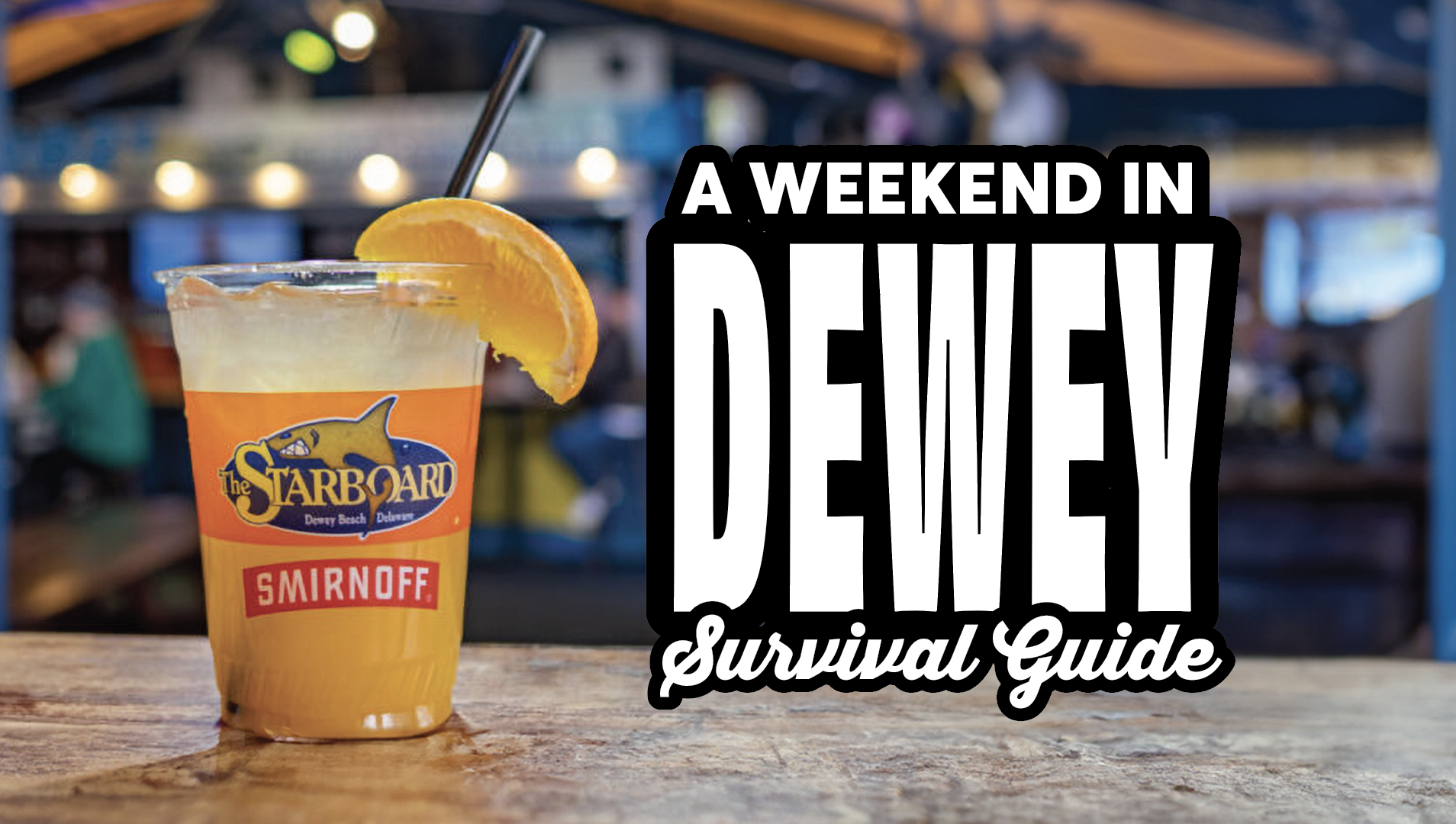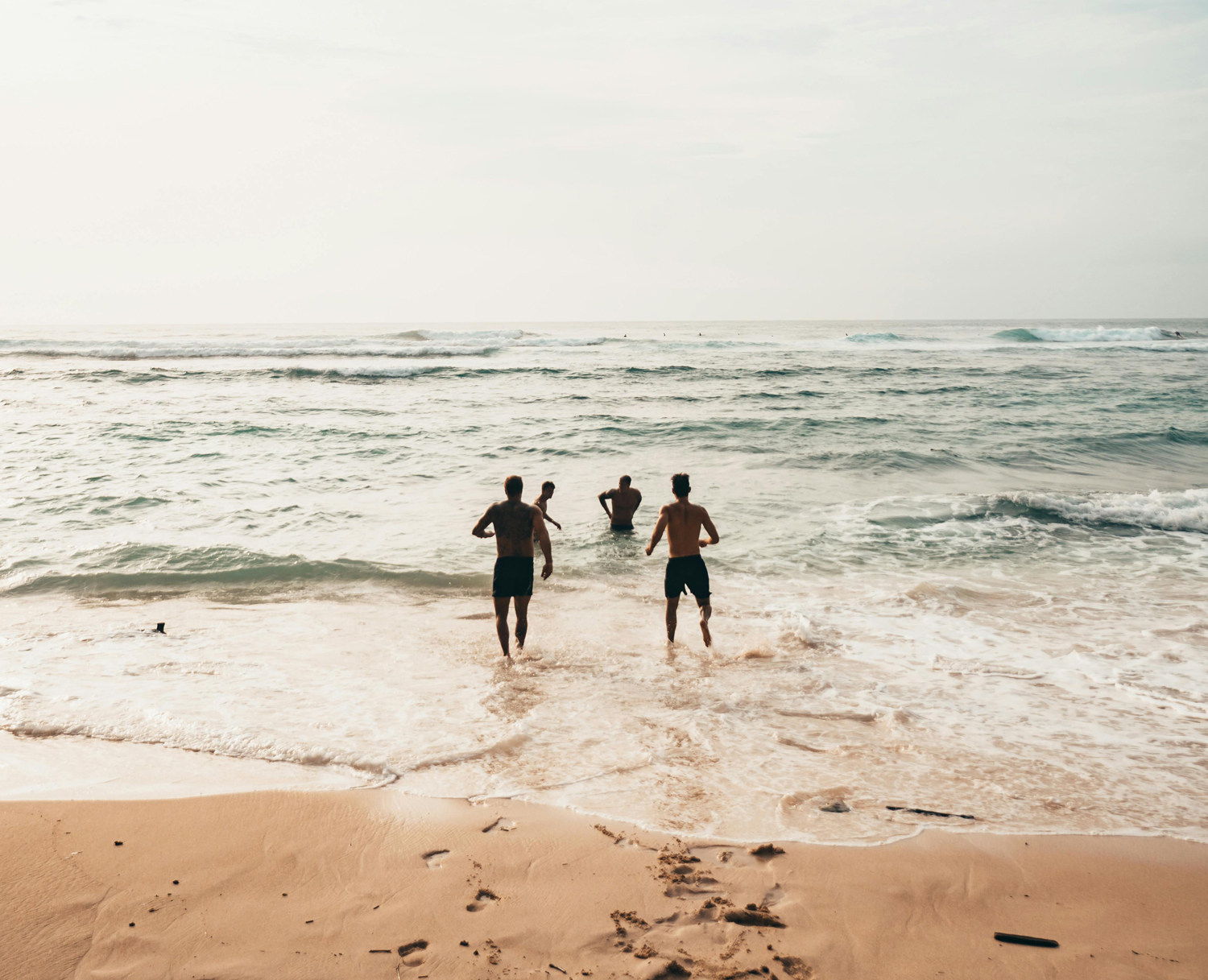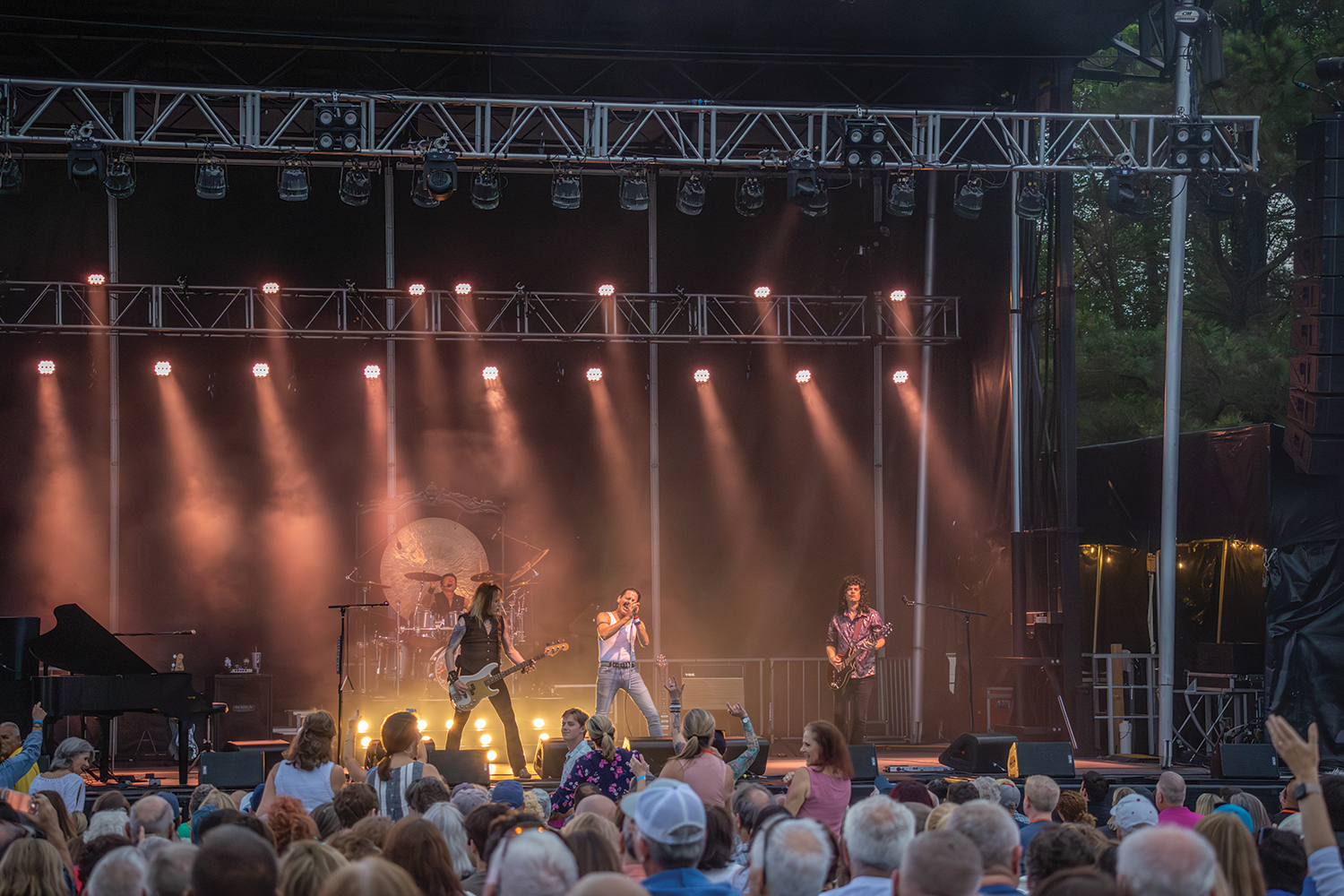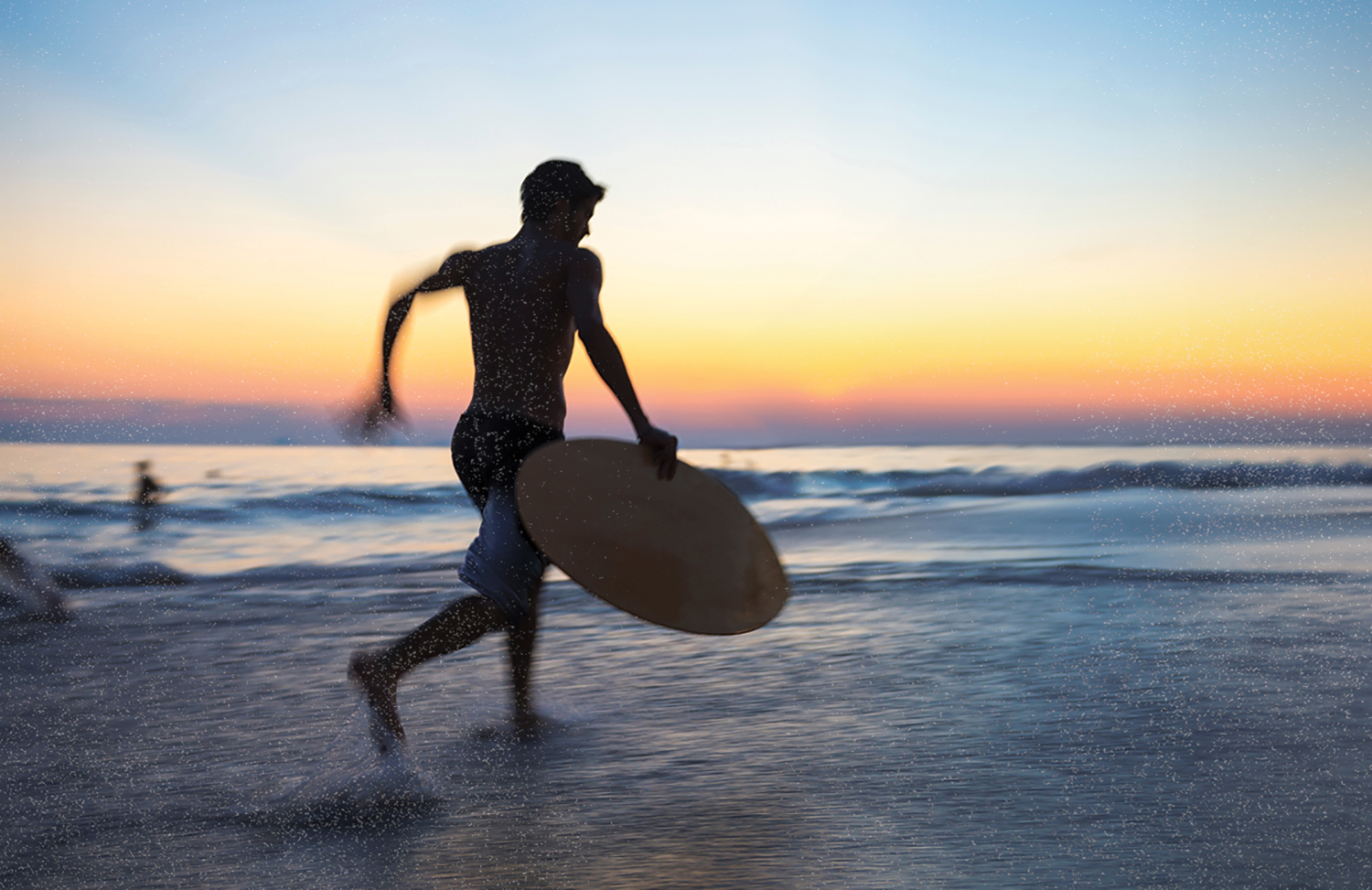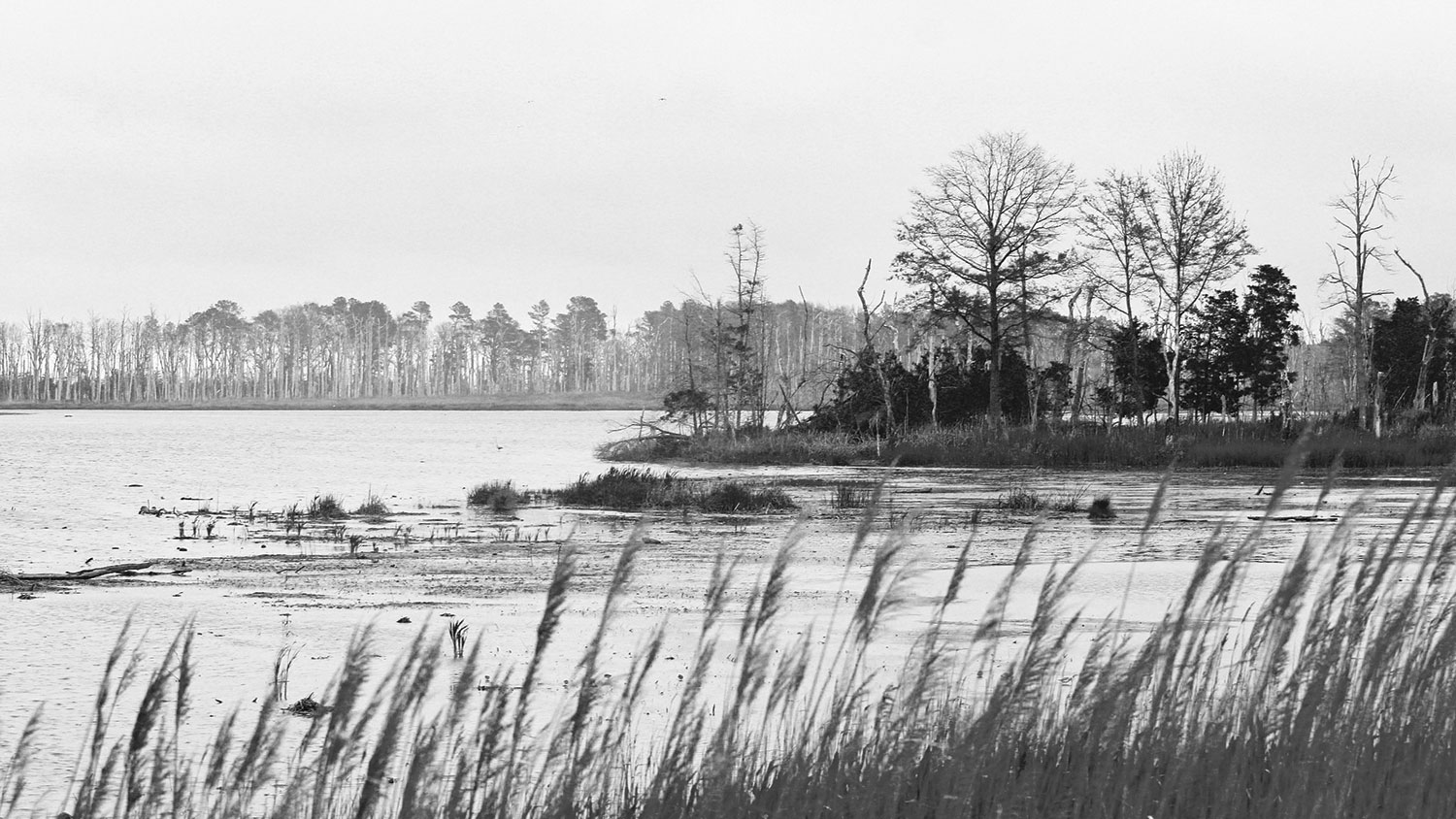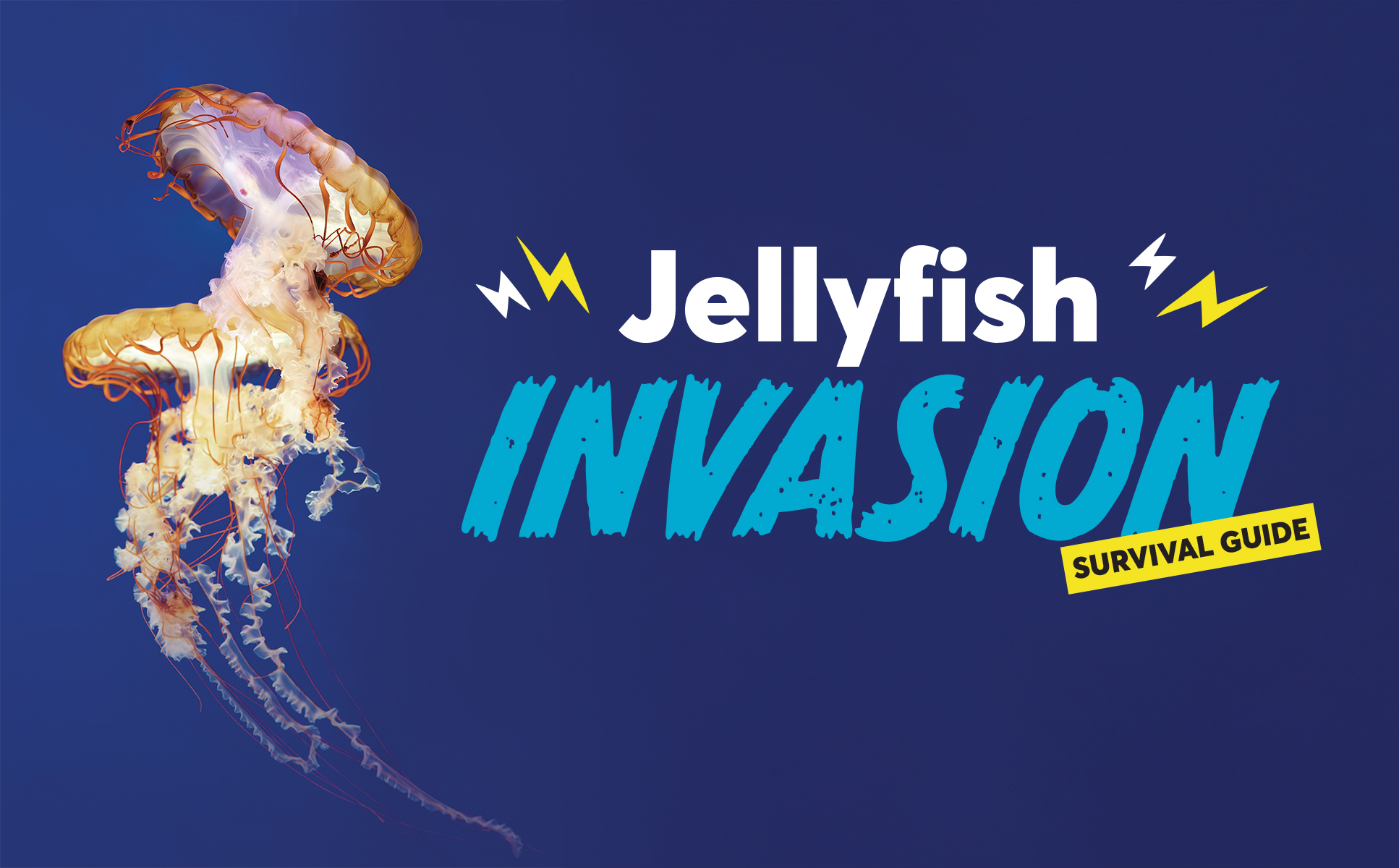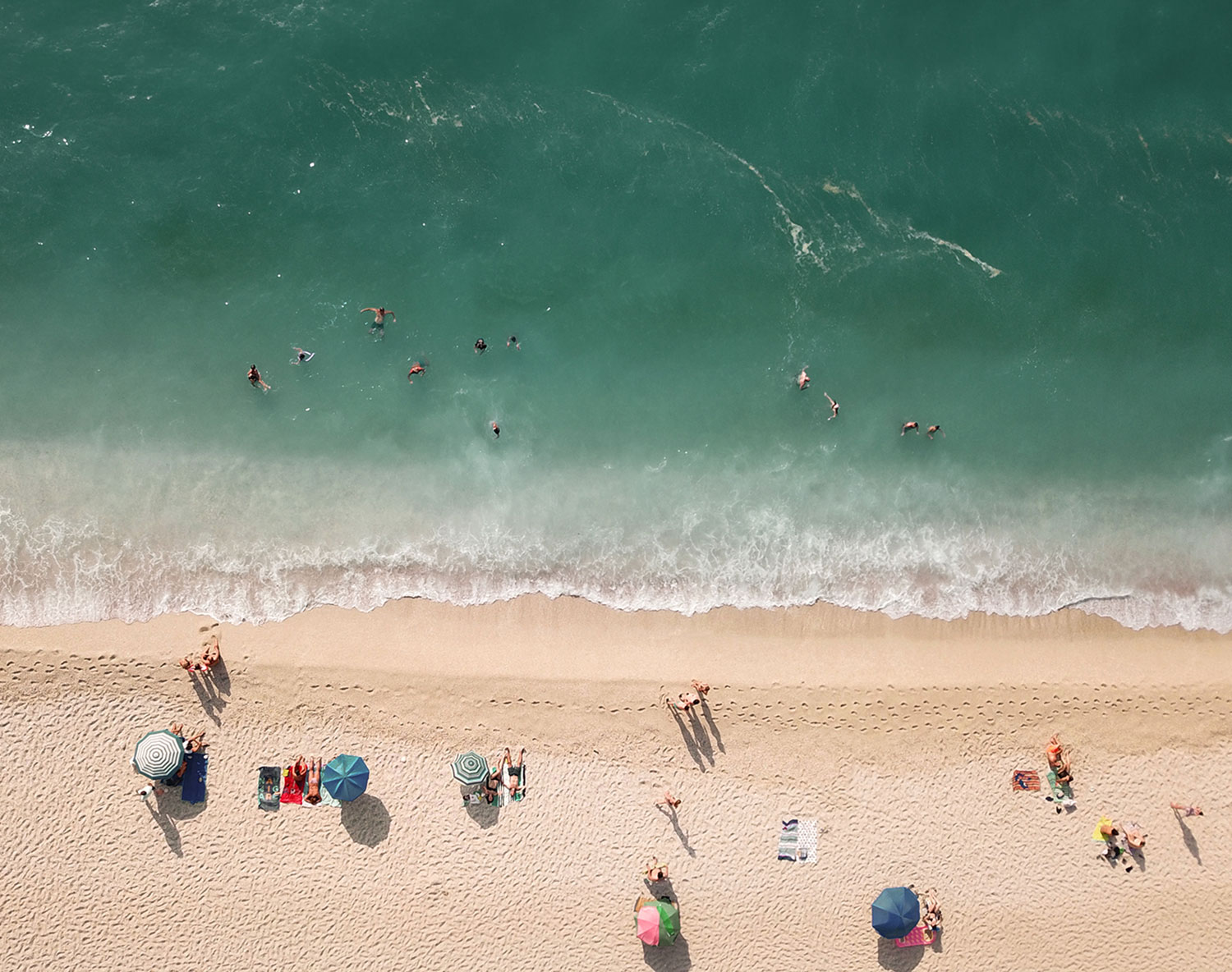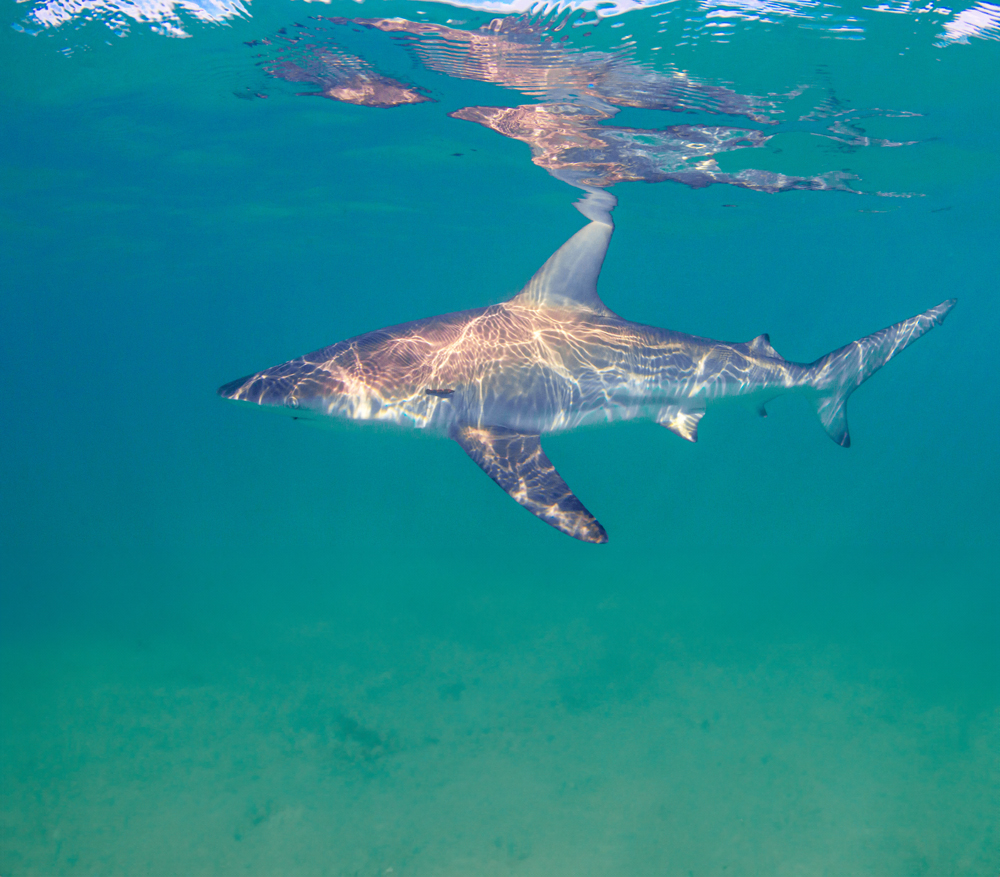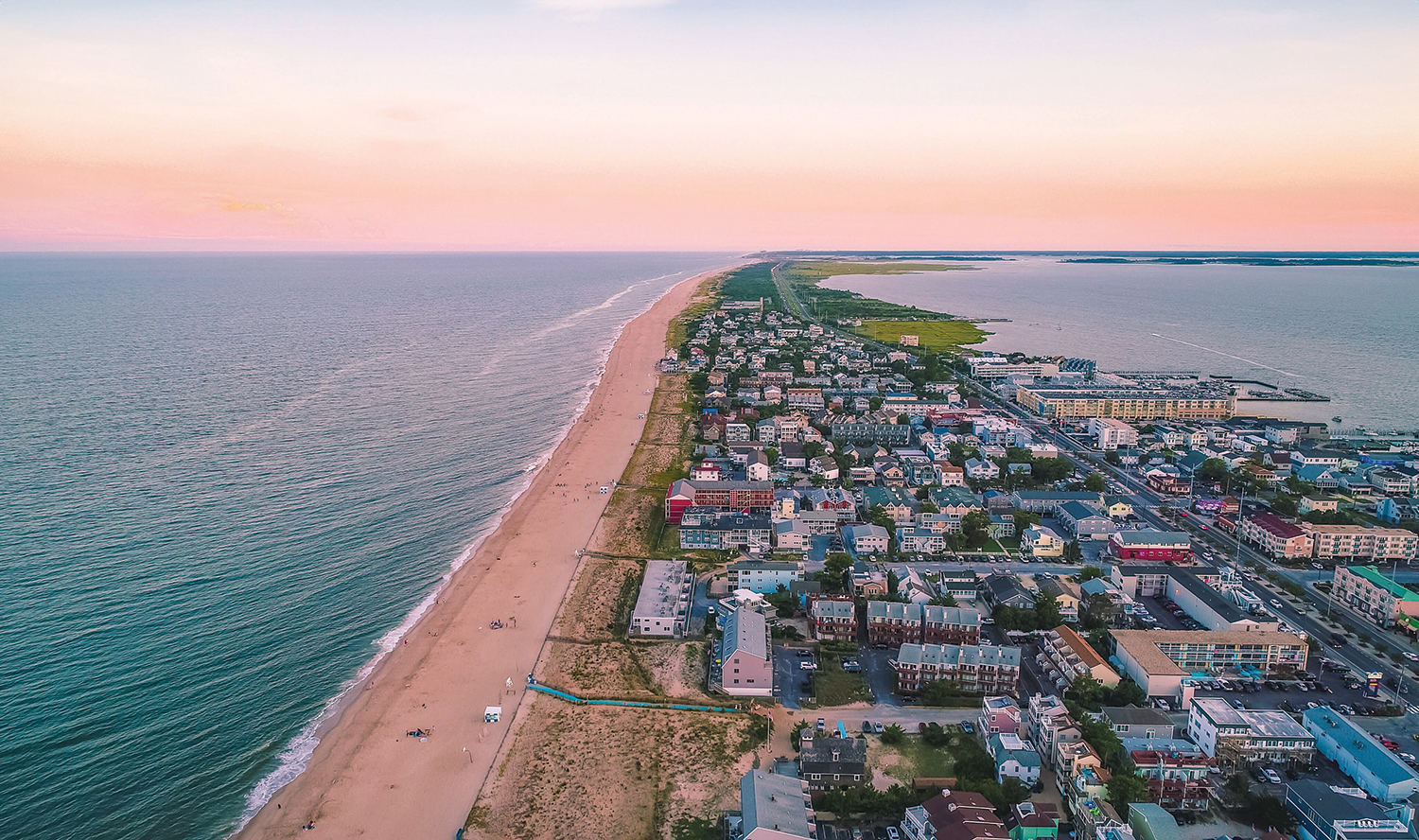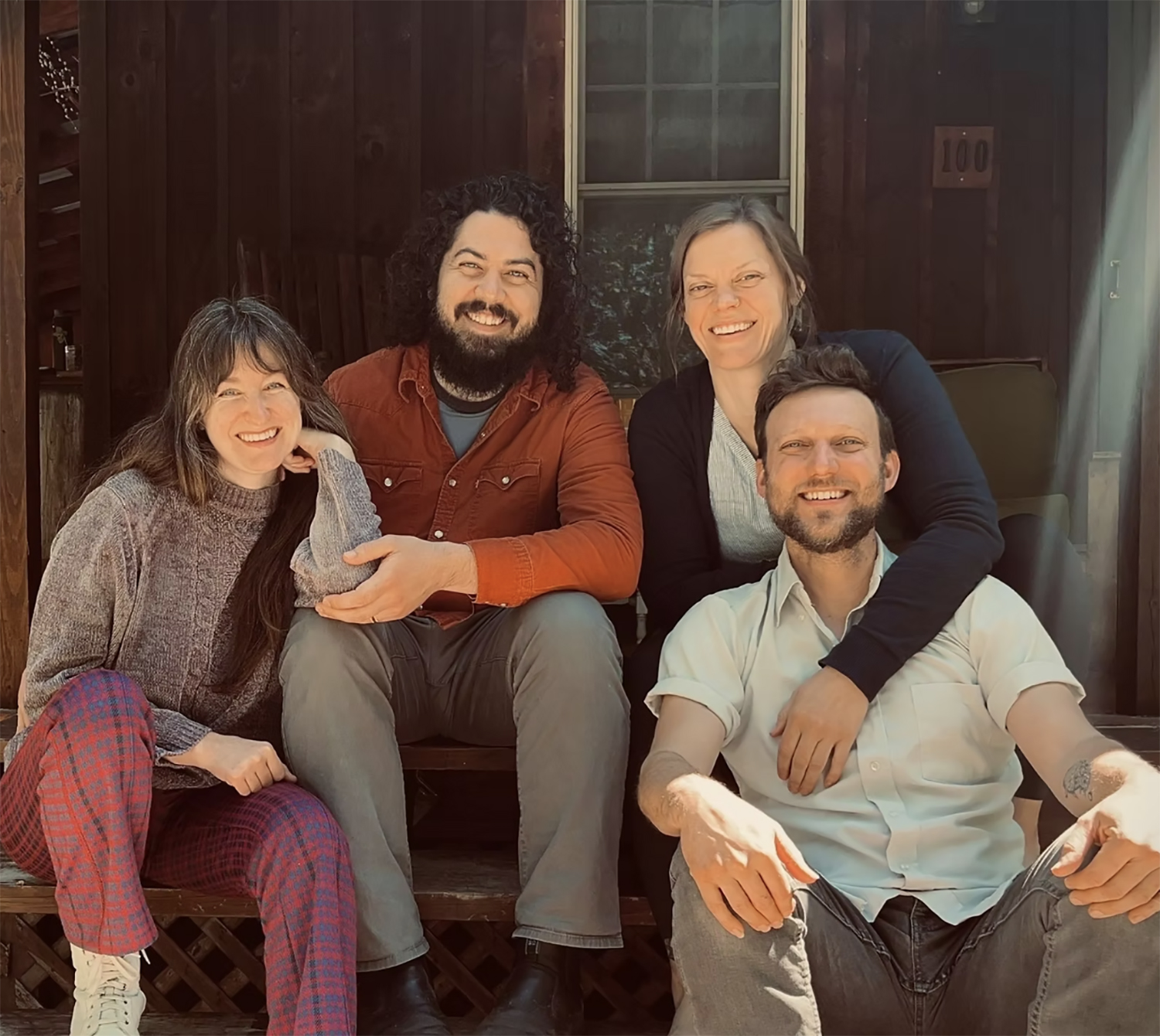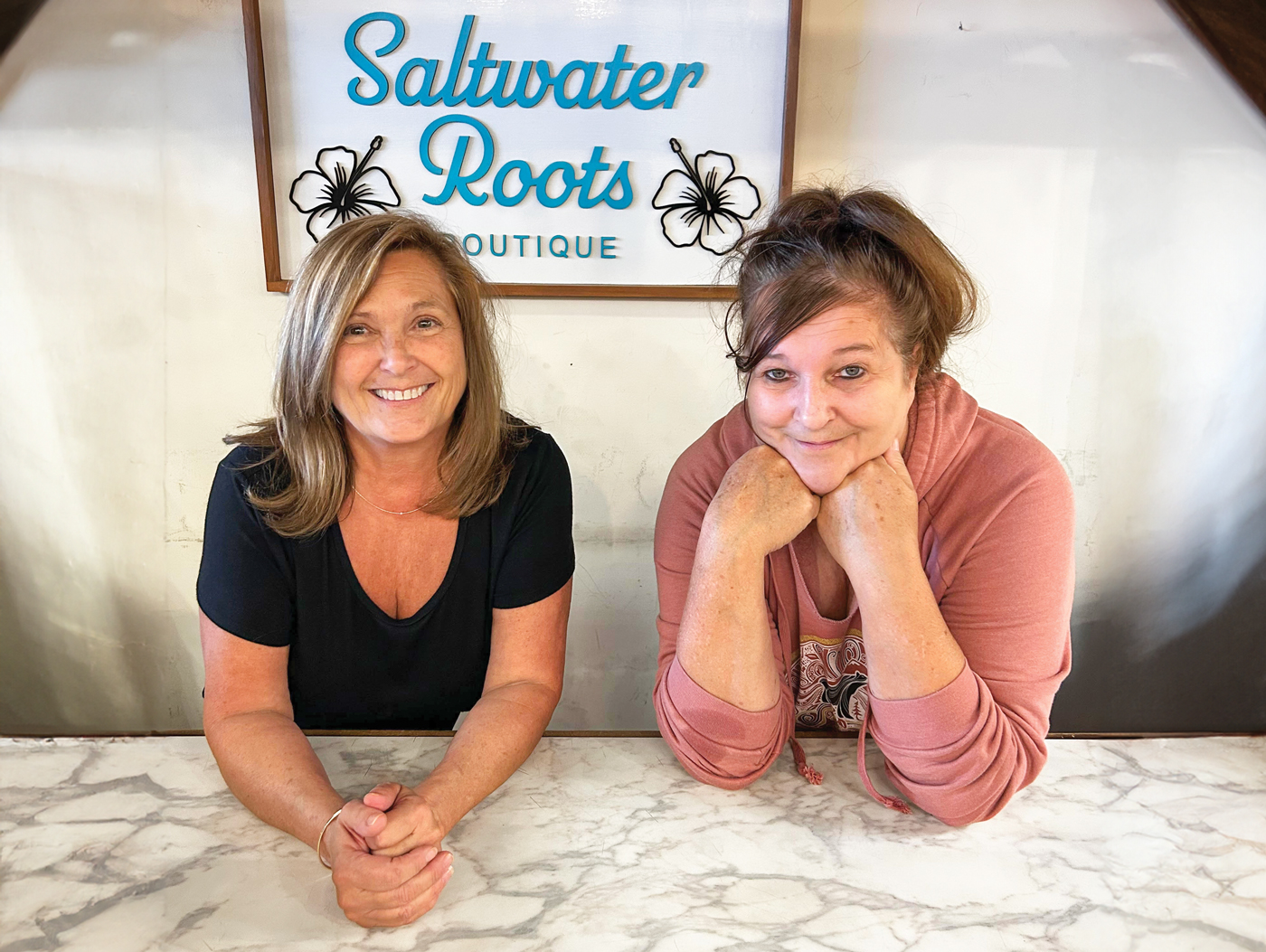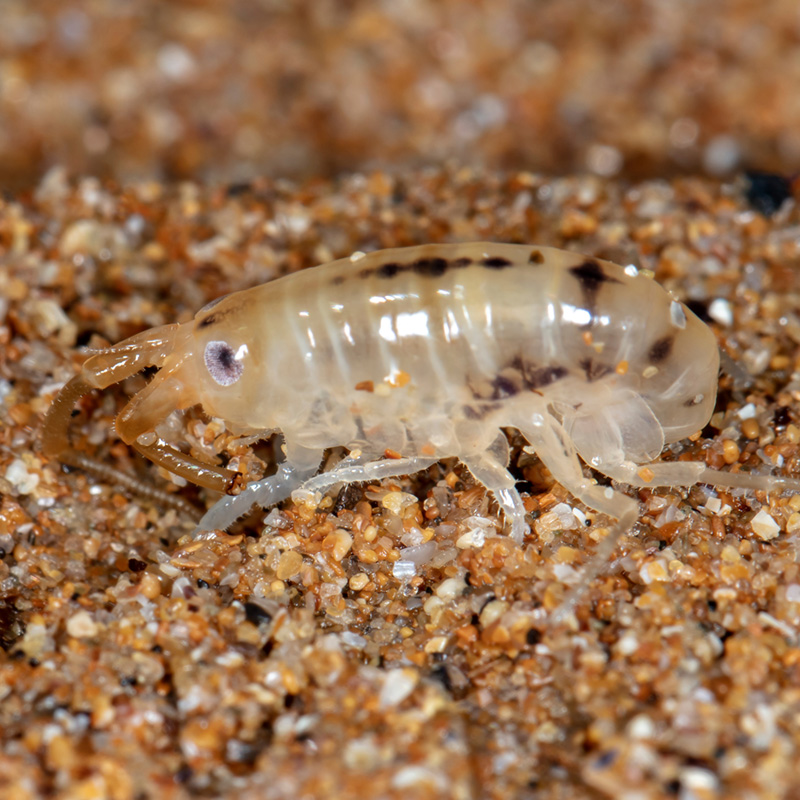
Sand Flea
These small crustaceans (otherwise known as Mole Crab or Sand Crab) live in the intertidal zone (where land meets sea). They have a v-shaped digging appendage that enables them to burrow themselves into the sand. Sand fleas have feathery antenna that filter feed on microscopic plants. Despite their gross name, they are harmless and are used by fishers for bait.
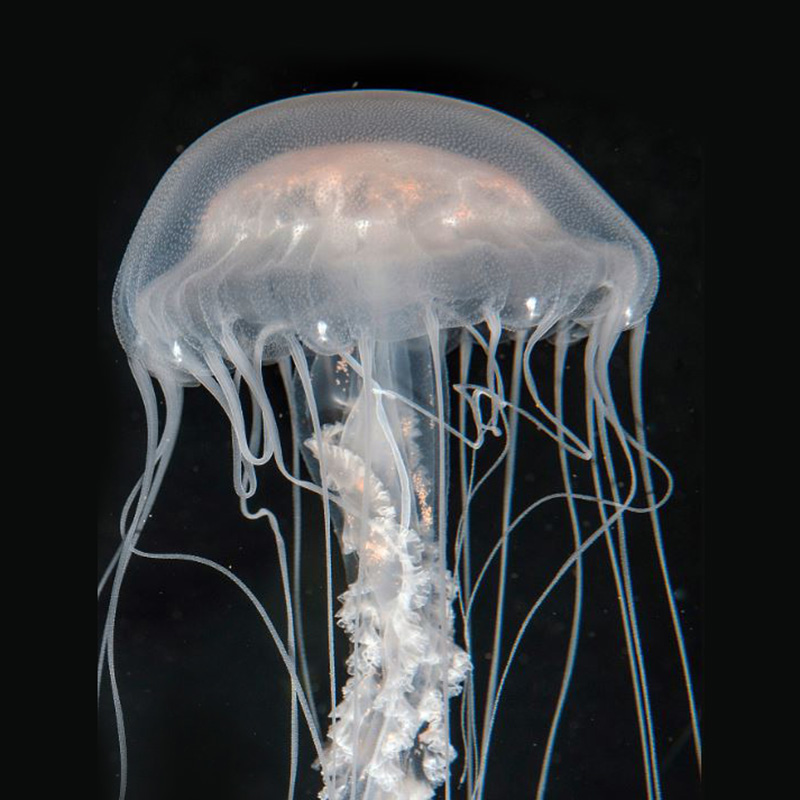
Atlantic Sea Nettle
This carnivorous jellyfish will eat other jellyfish, crabs, and shrimp. The bell of its body contains a mouth and stomach-like opening for chewing prey. The Sea Nettle is clear with small white dots and red-brown stripes. Its sting is strong and hurtful but is not deadly. If you get stung by a jellyfish, rinse the site with vinegar. Then wash the area with hot water or cover it with a warm towel.
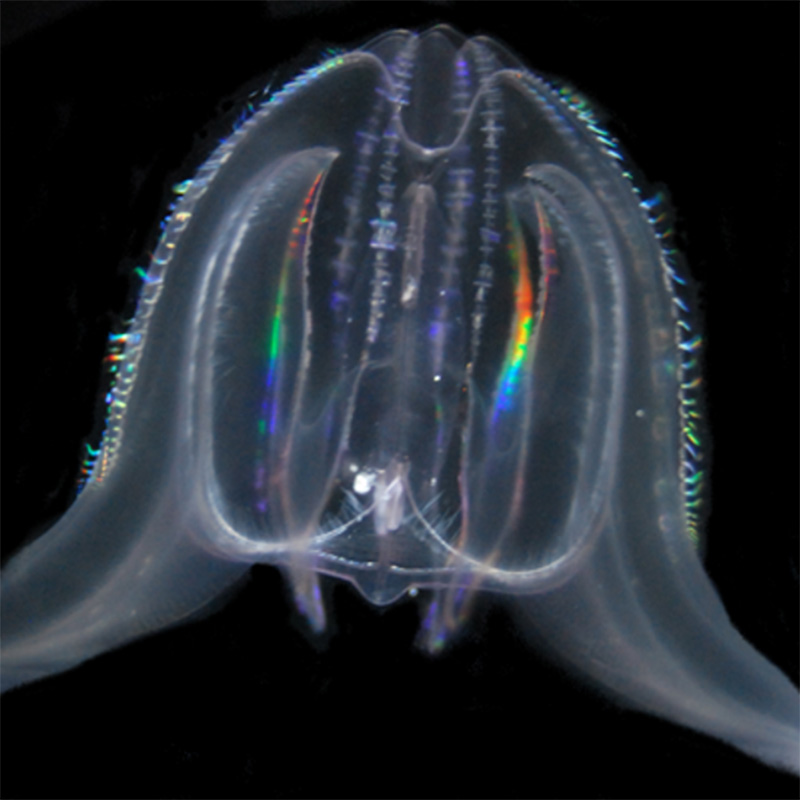
Sea Walnut
The Sea Walnut is found along our coast and gets its name from its nut-like shape. It is not a true jellyfish because it does not have stinging cells and is therefore harmless. The Sea Walnut gives off a rainbow of colors when disturbed by lights. At night, they can be seen glowing in the waves of passing boats.
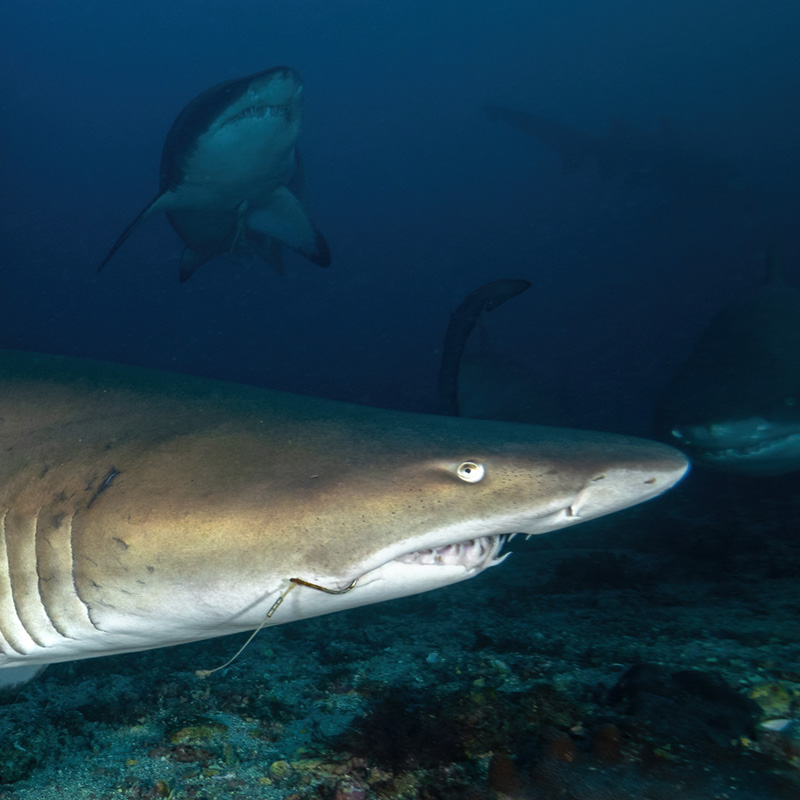
Sand Tiger Shark
These sharks are commonly found in the ocean, Delaware Bay, and Inland Bays. Sand Tiger Sharks average 4-10 feet long, are considered at risk, and are not allowed to be caught. Sharks typically stay away from humans, but occasionally they get confused and investigate when there is splashing or surf fishing nearby. Avoid swimming alone, in waters that are being fished, and at night, dawn, or dusk.
Danielle Swallow, Coastal Hazards Specialist, is a certified climate change professional with Delaware Sea Grant (www.deseagrant.org). Delaware Sea Grant utilizes research, education, and extension work in support of resilient communities, economies, and coastal resources. Danielle provides technical assistance and outreach to communities on emergency preparedness and building resilience to weather and climate hazards. She is co-founder of the Resilient and Sustainable Communities League (RASCL – www.derascl.org) and loves hiking the Gordons Pond Trail in Cape Henlopen State Park.

